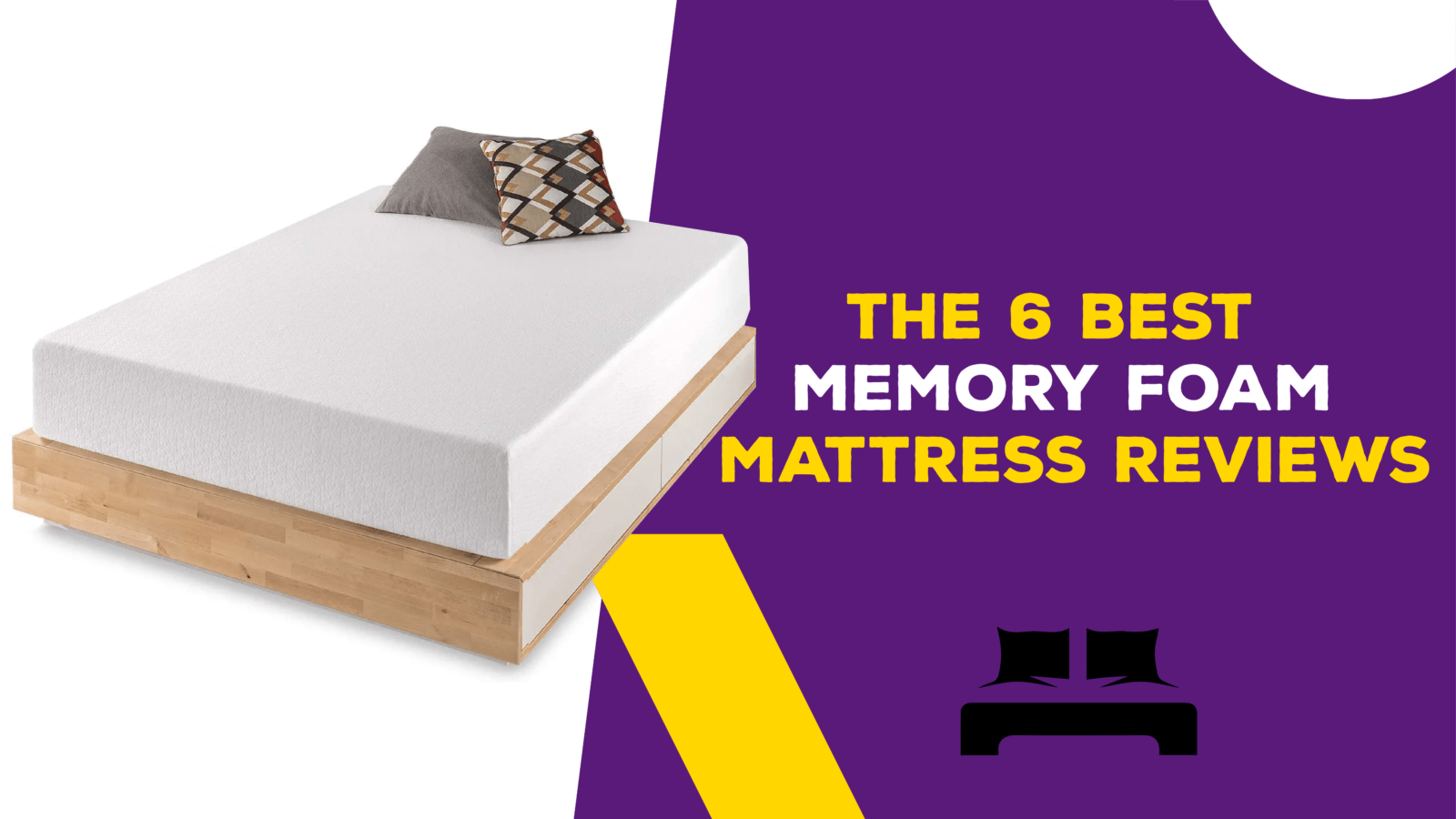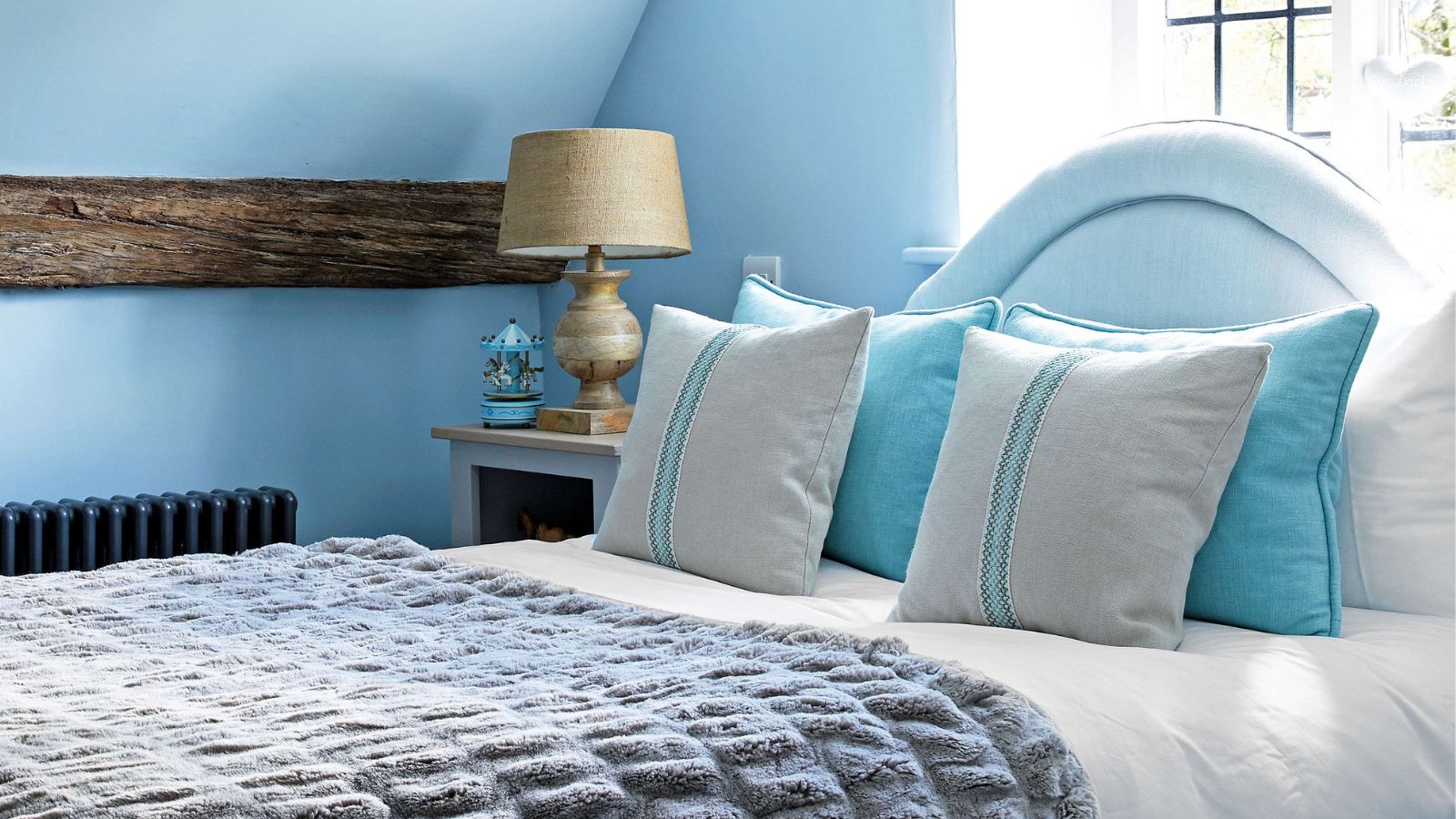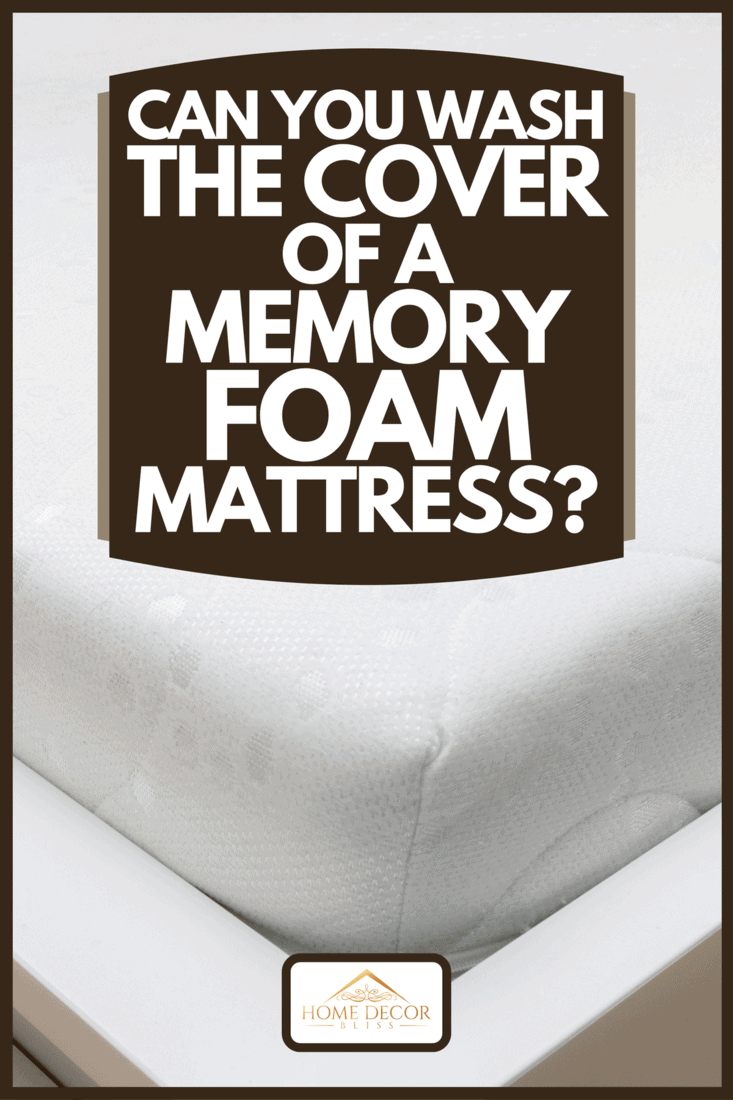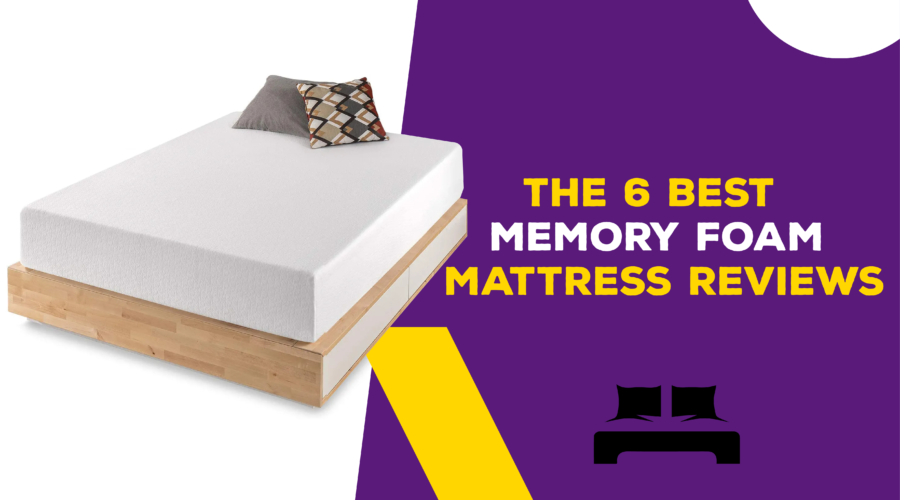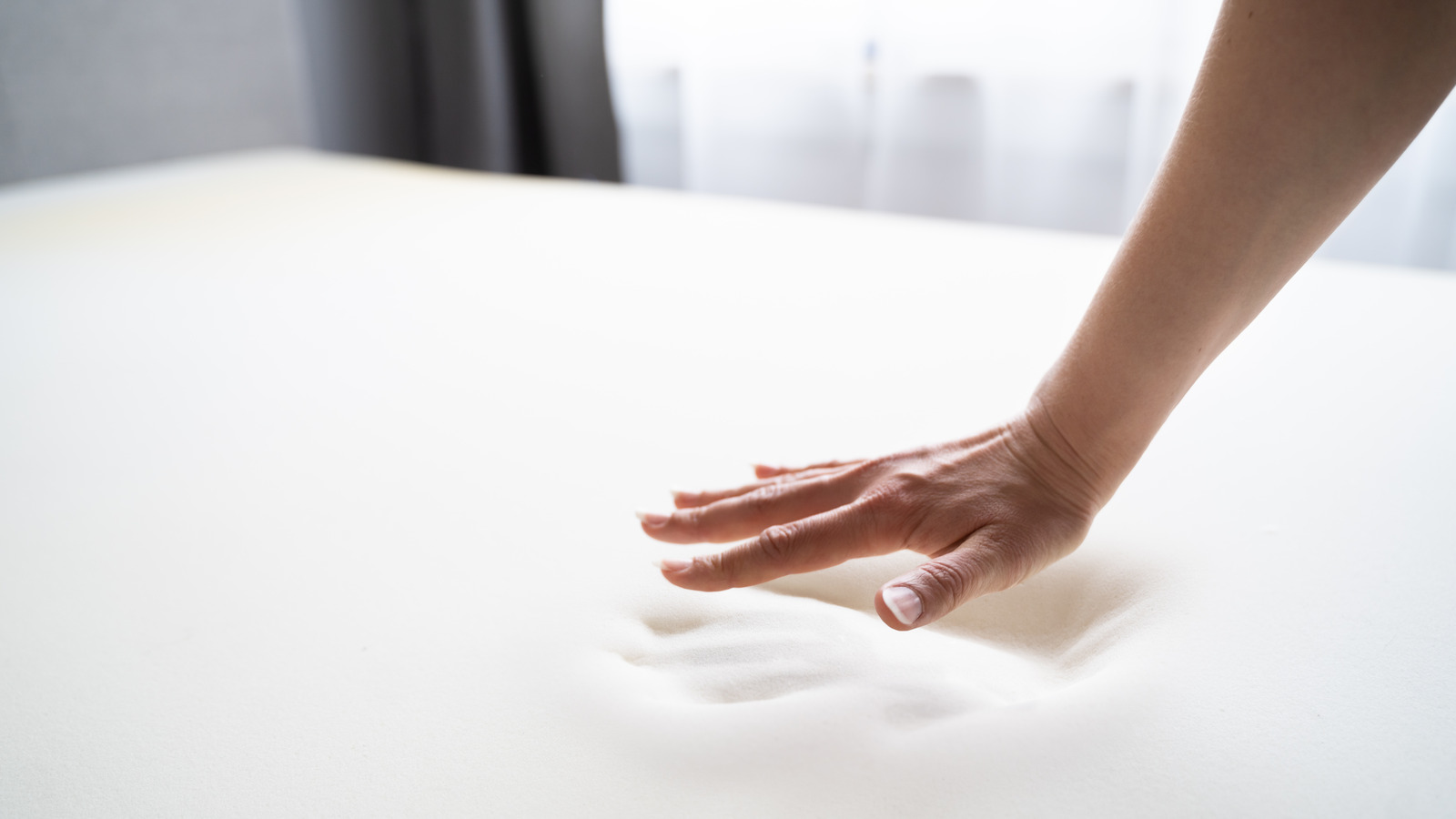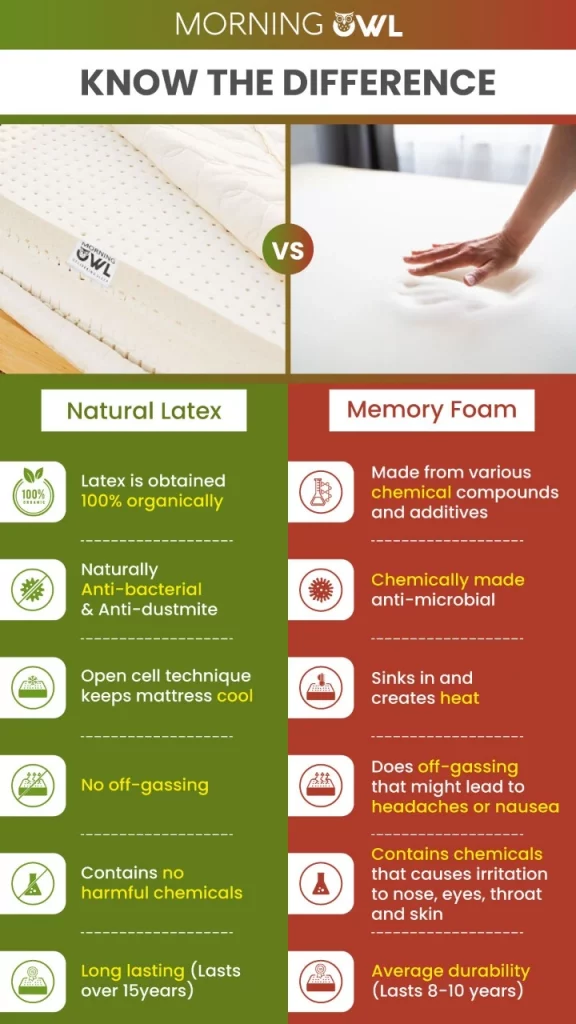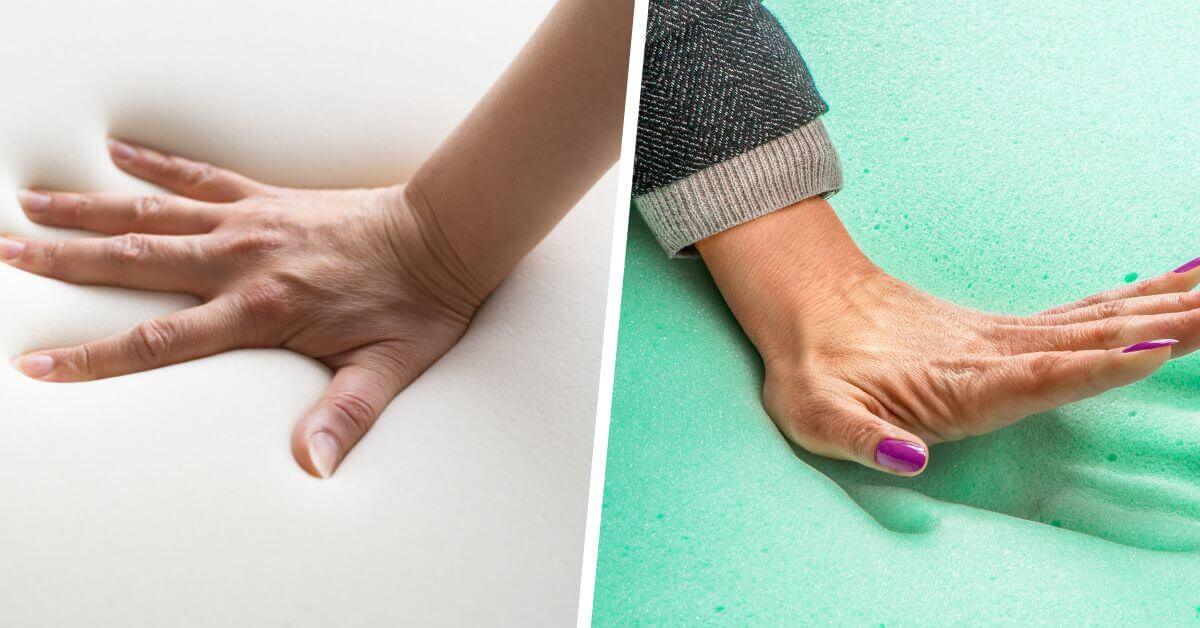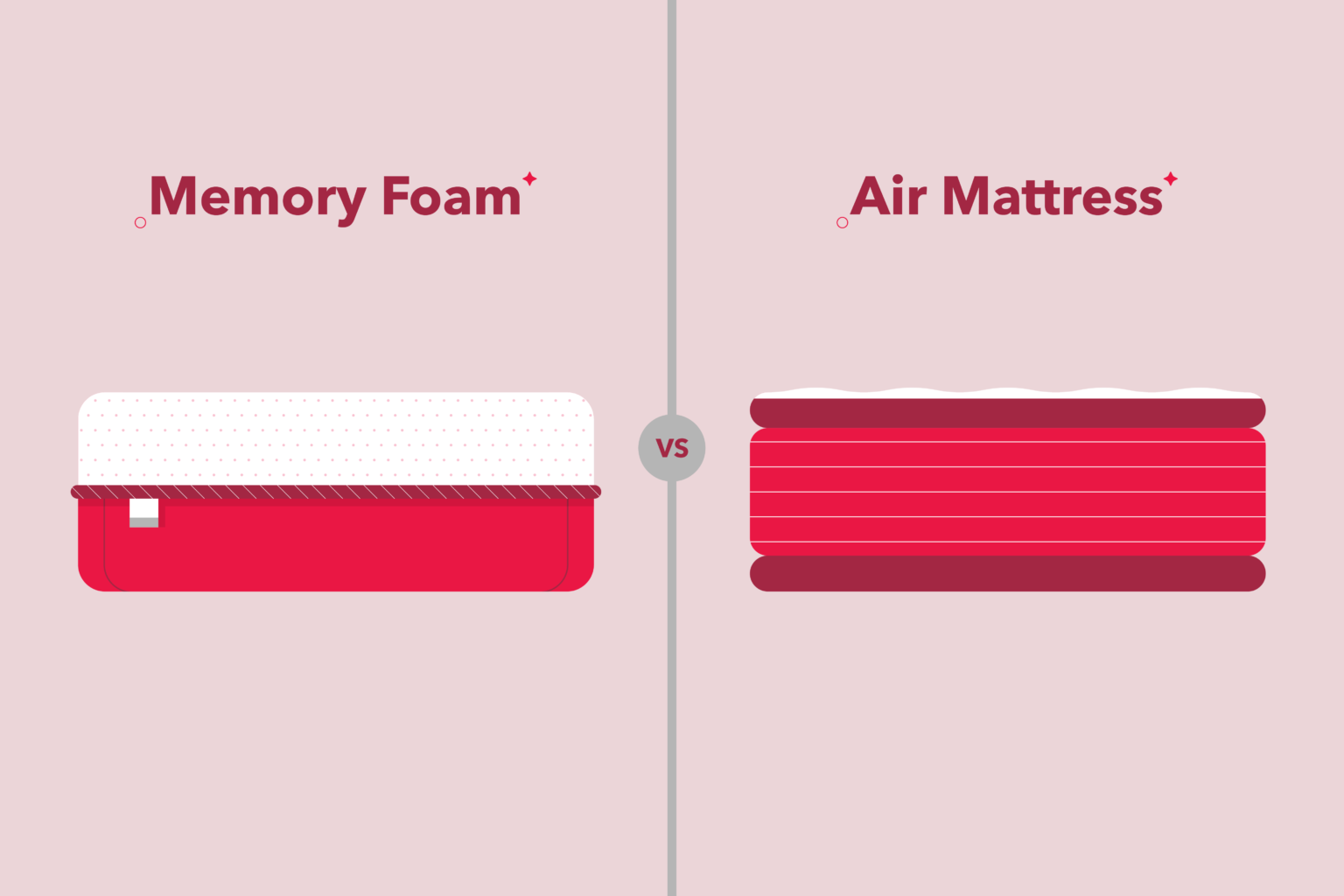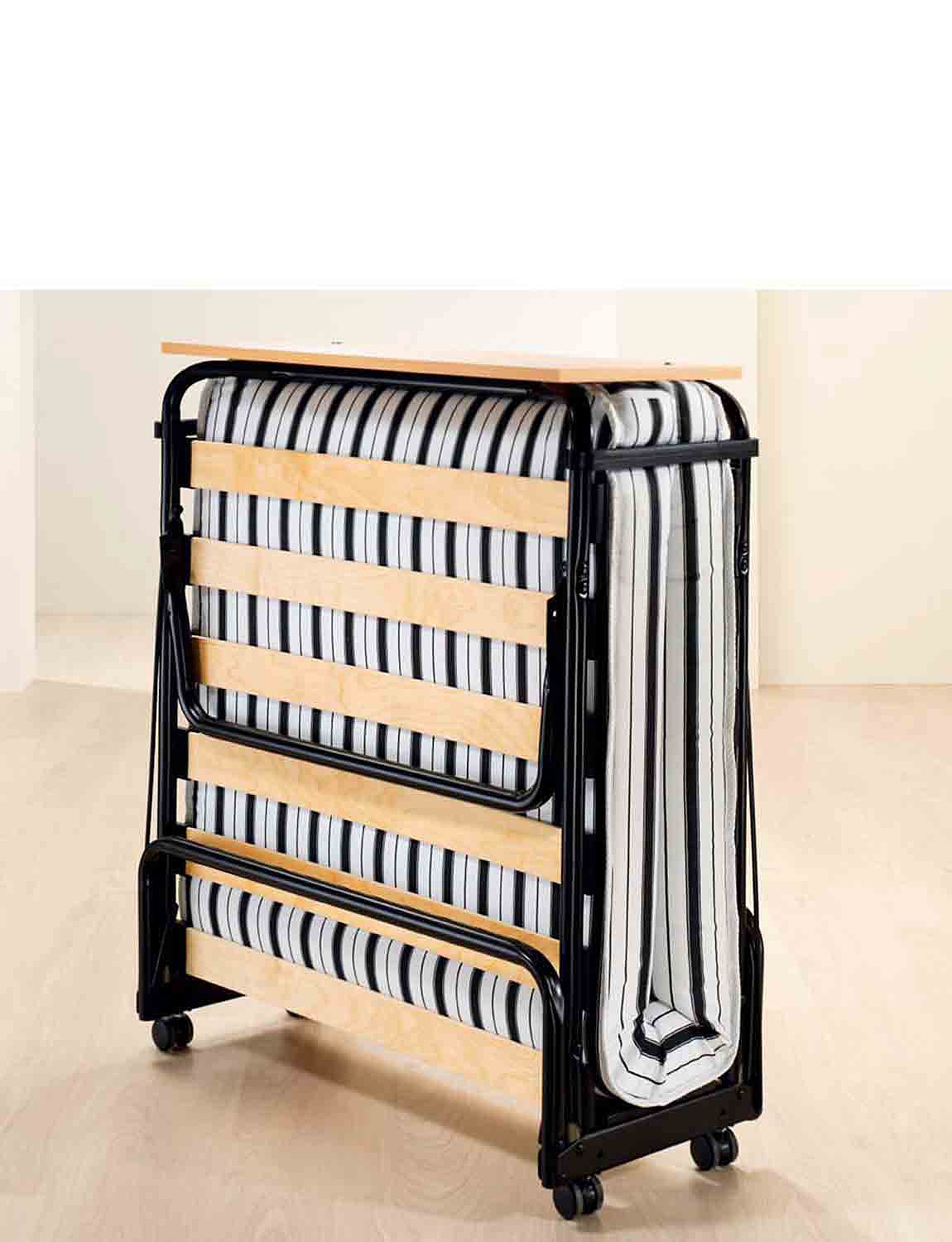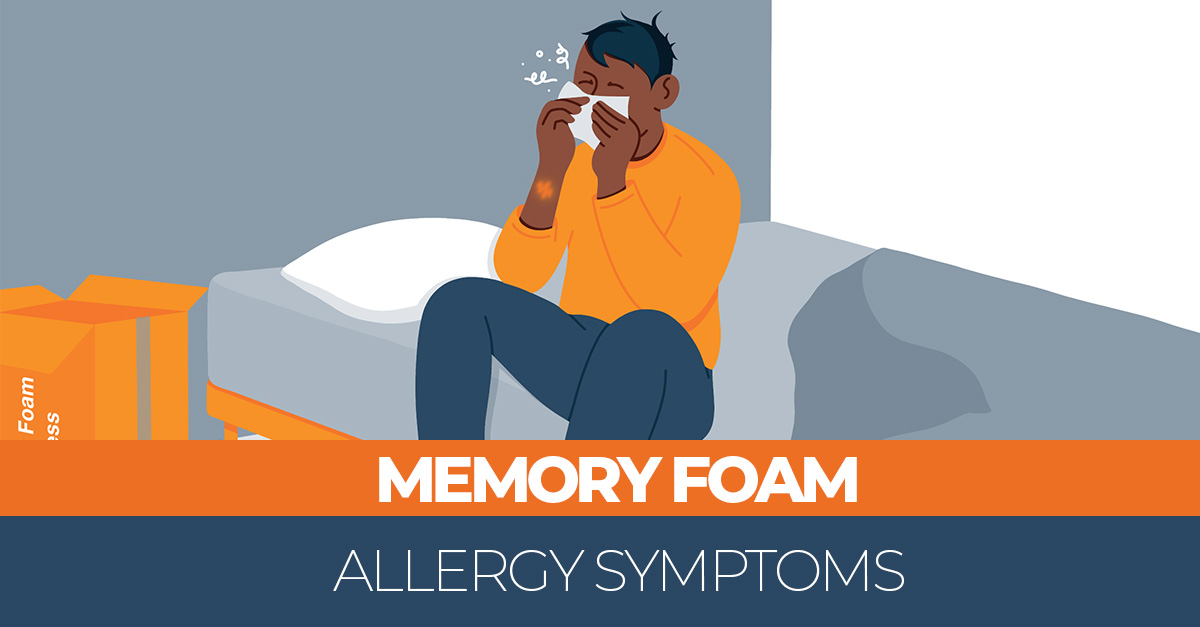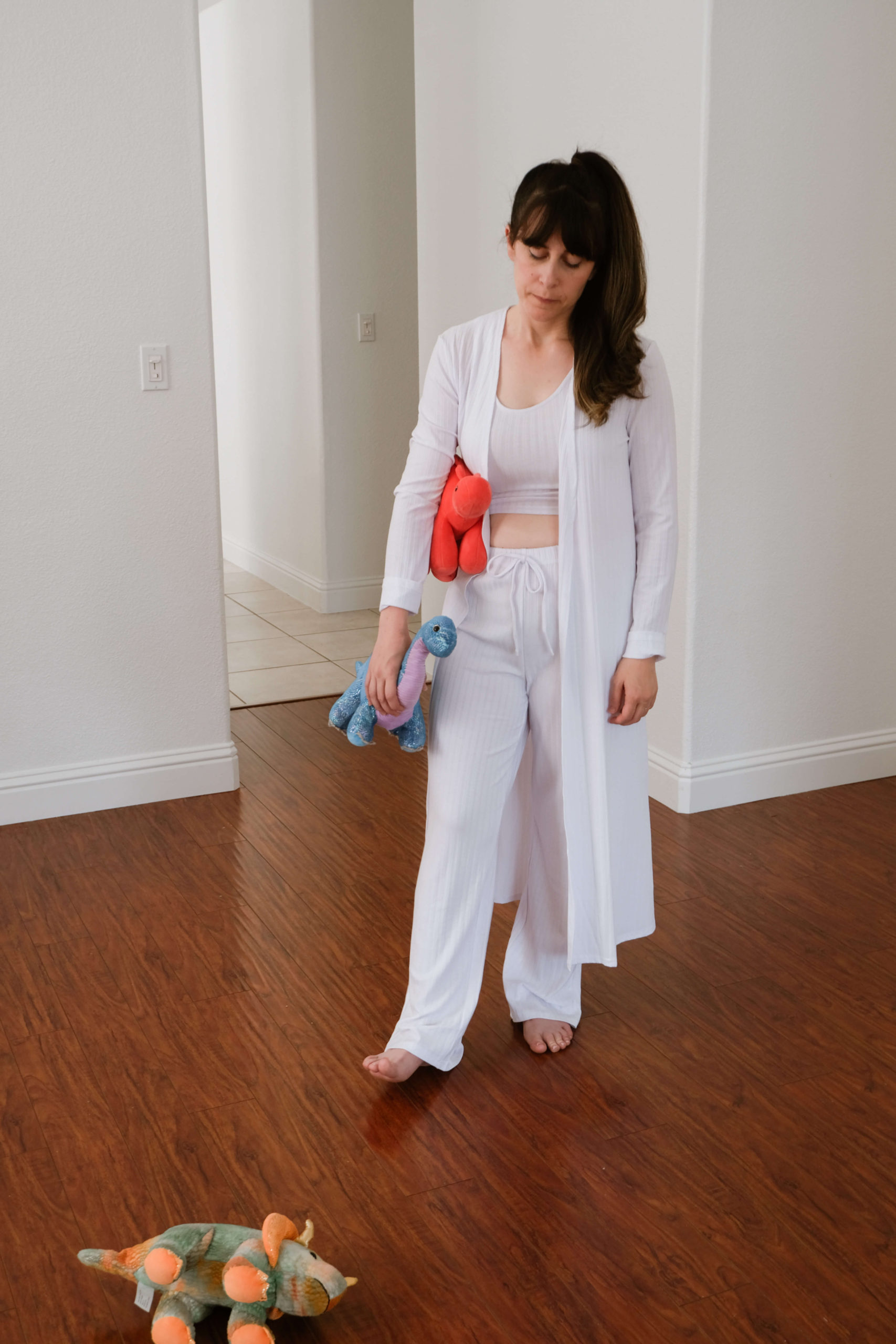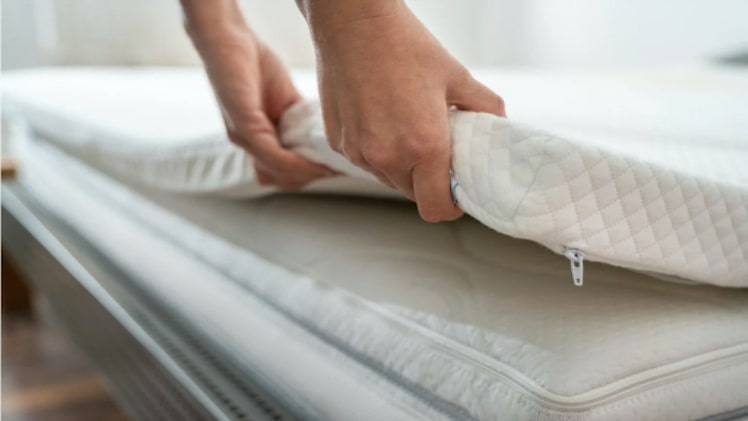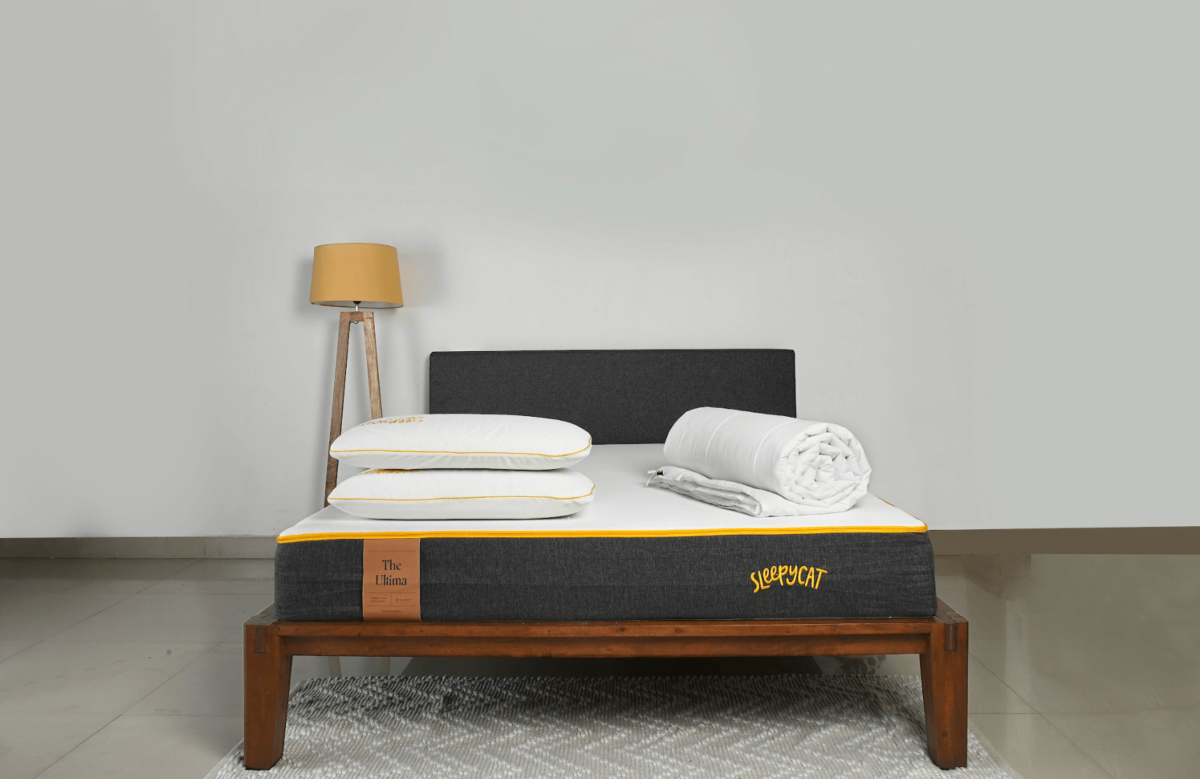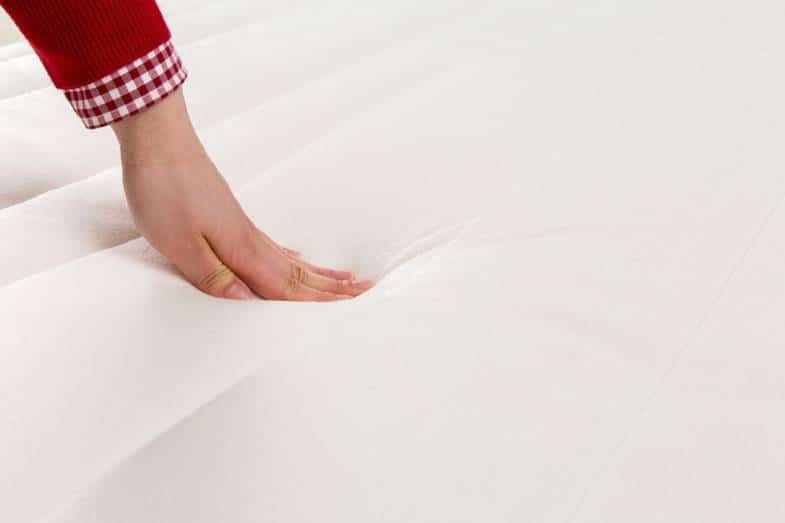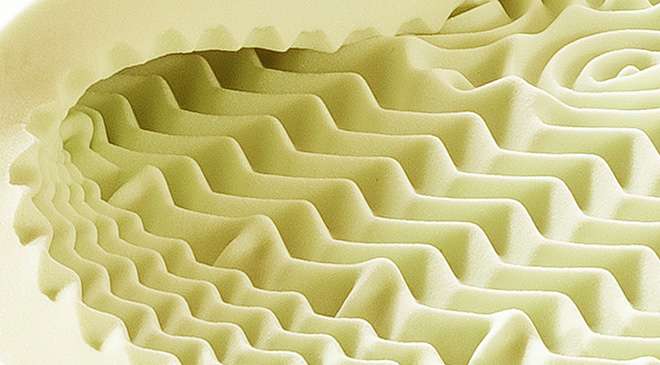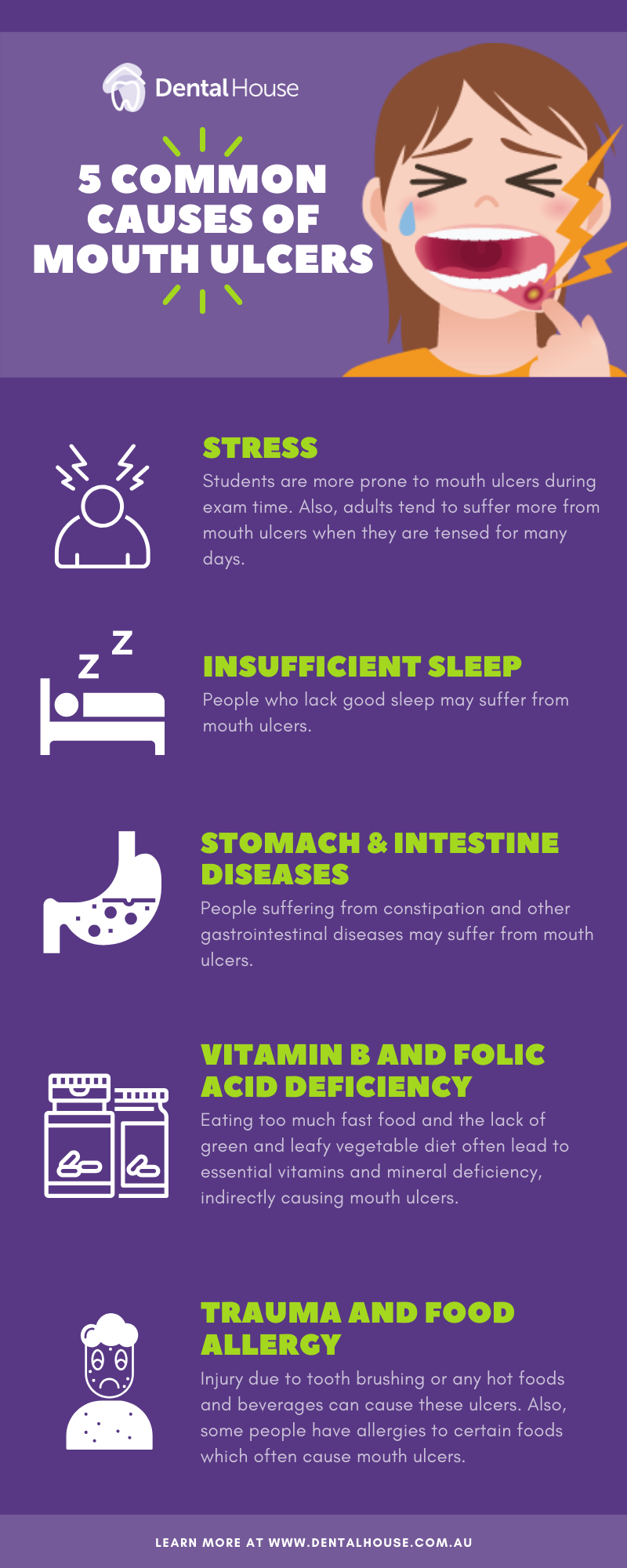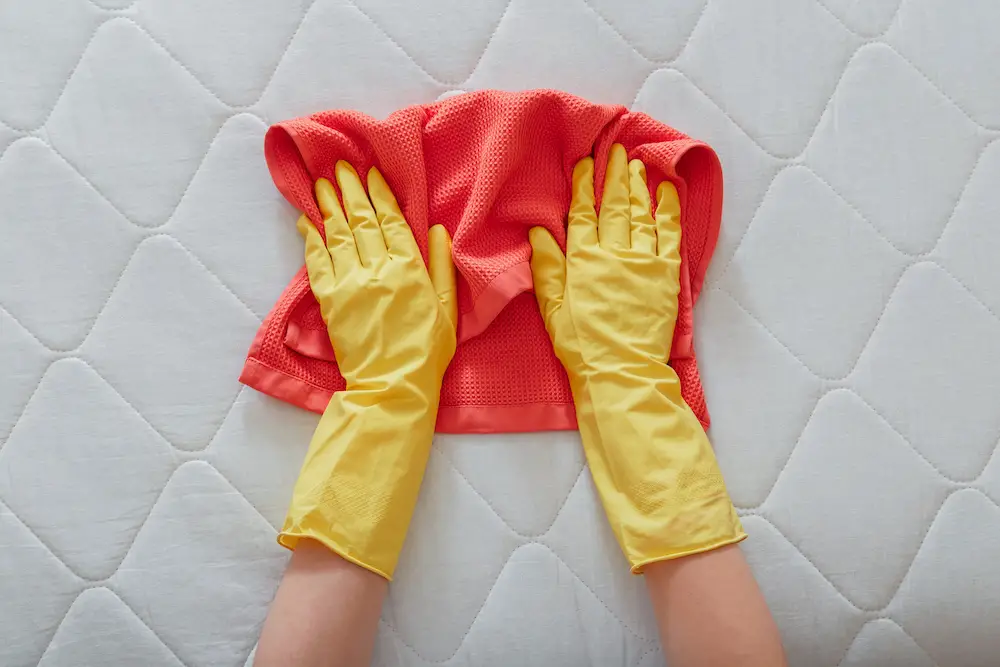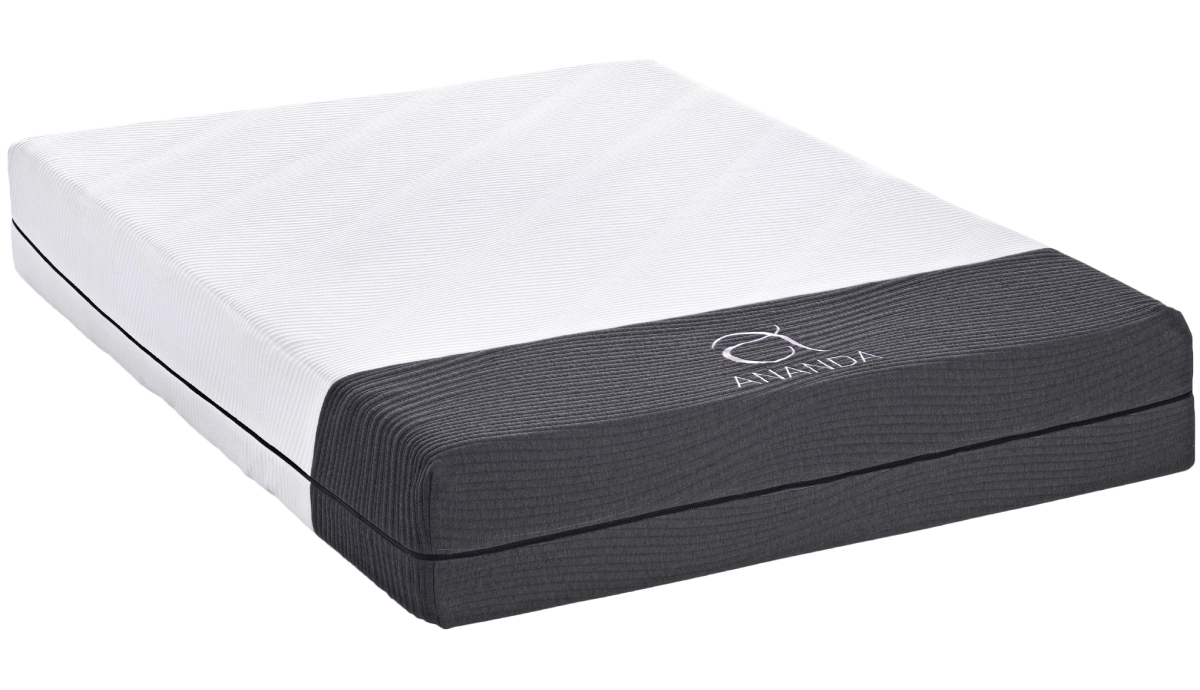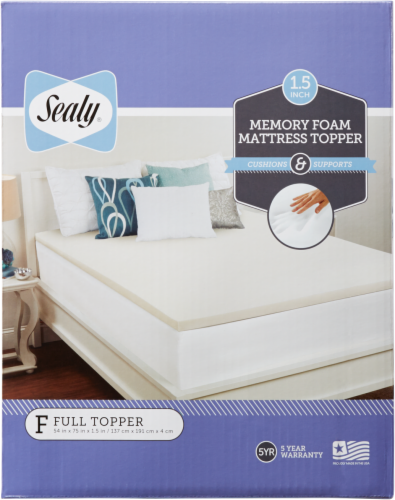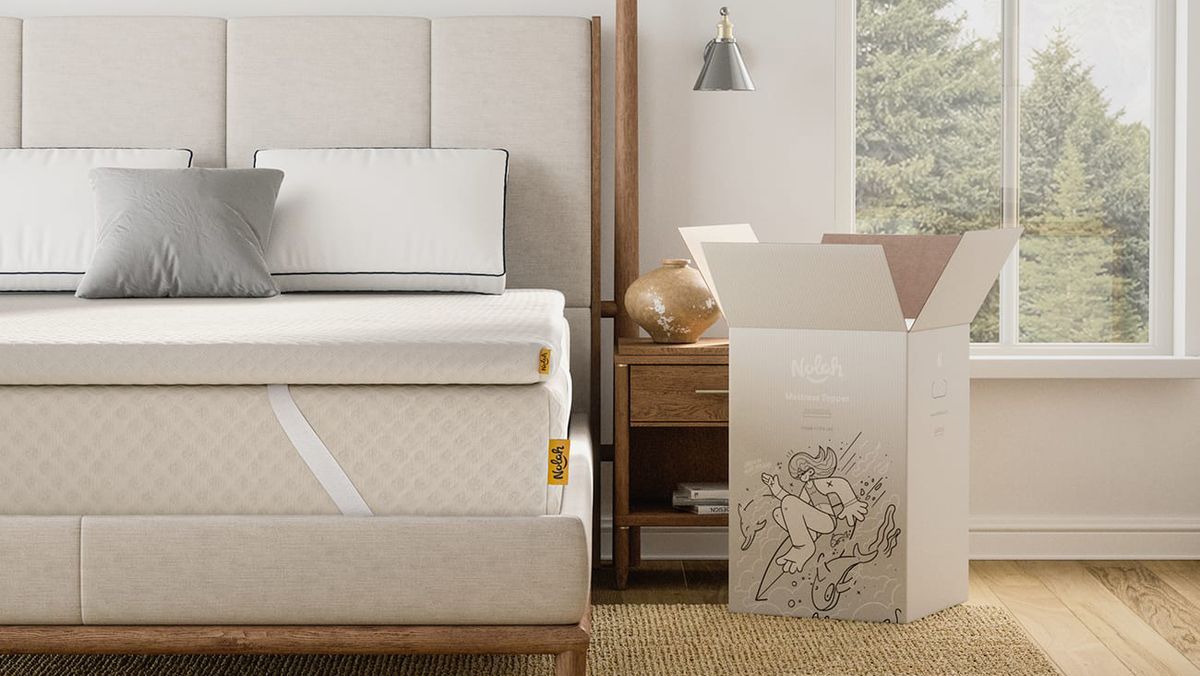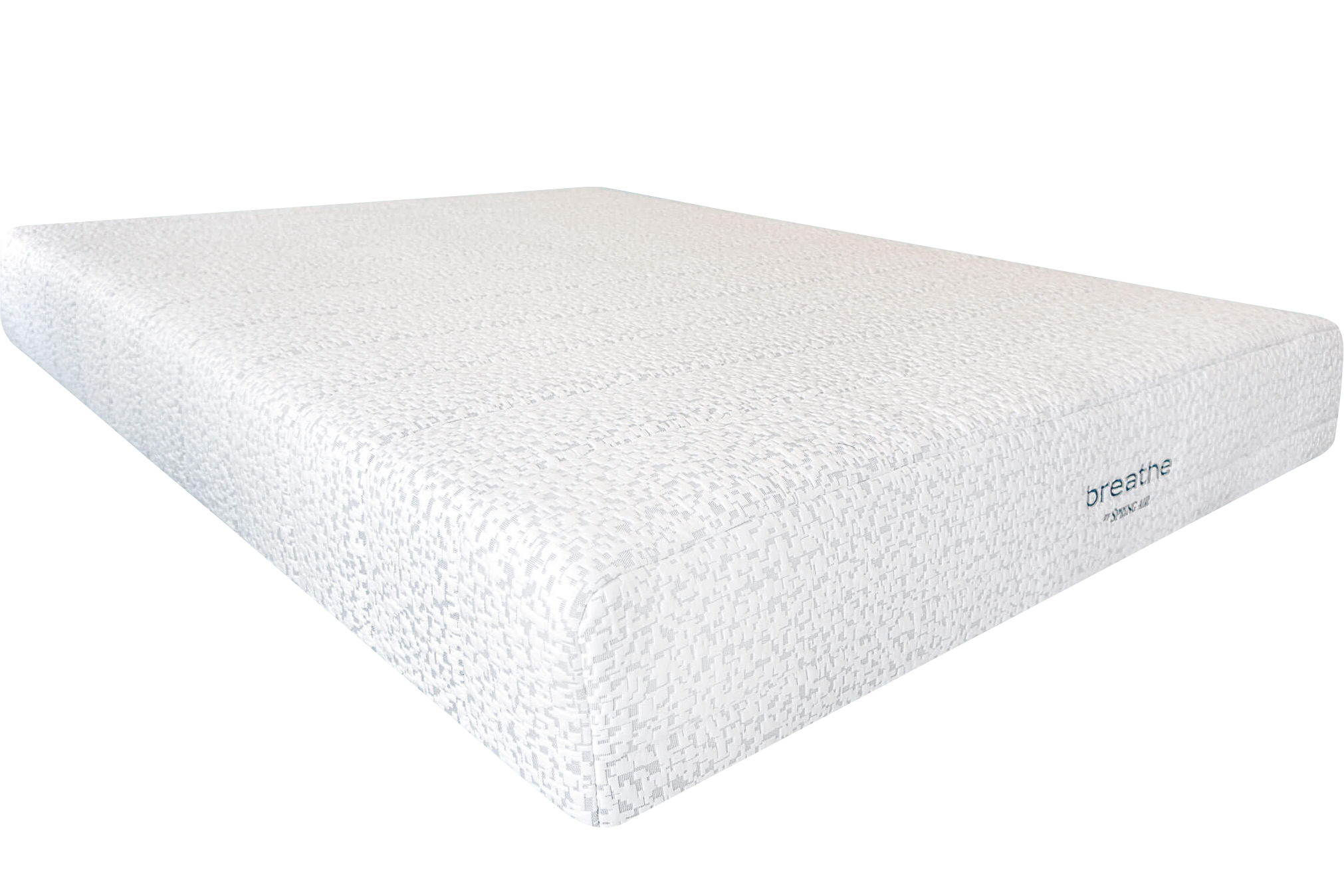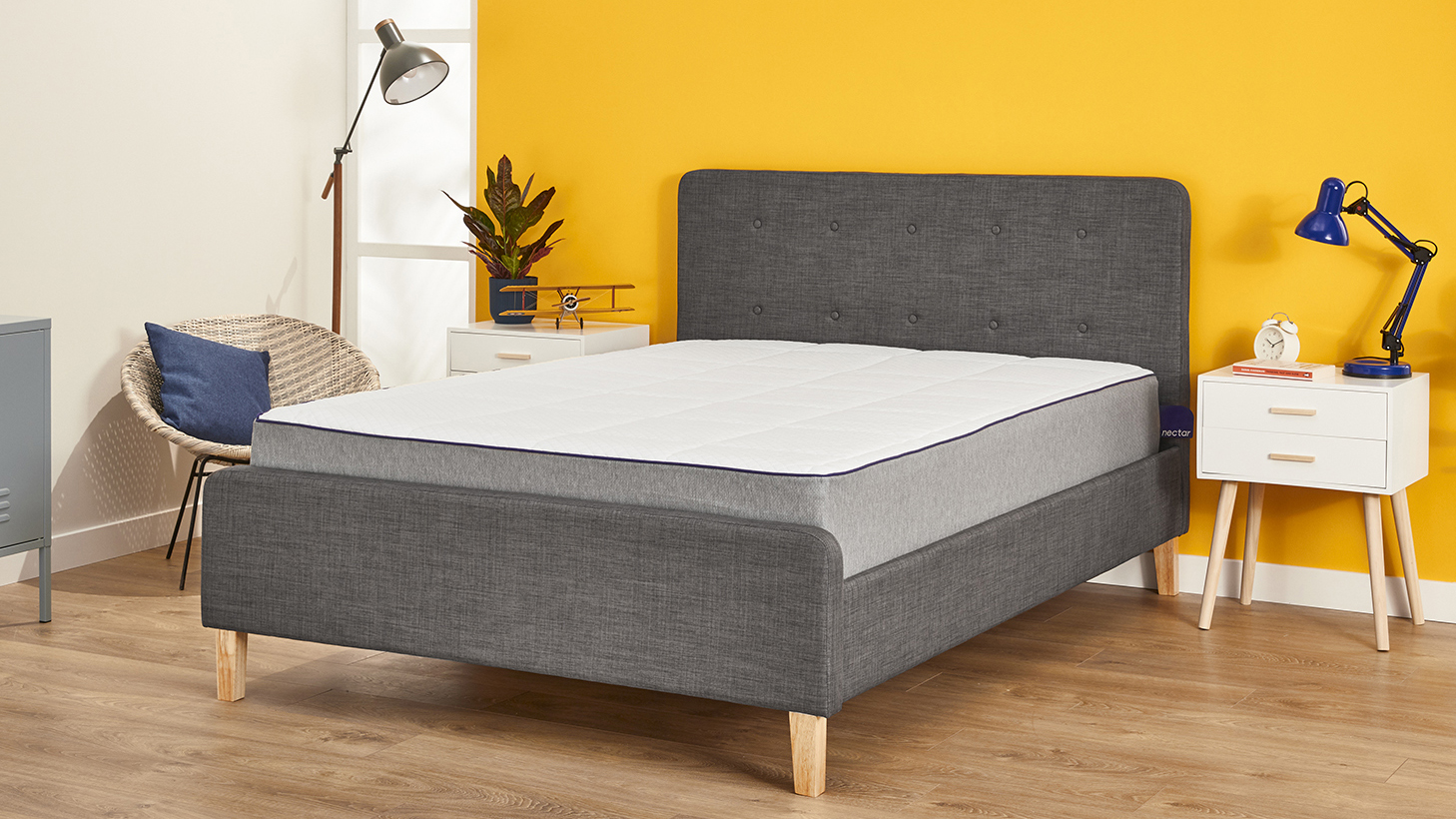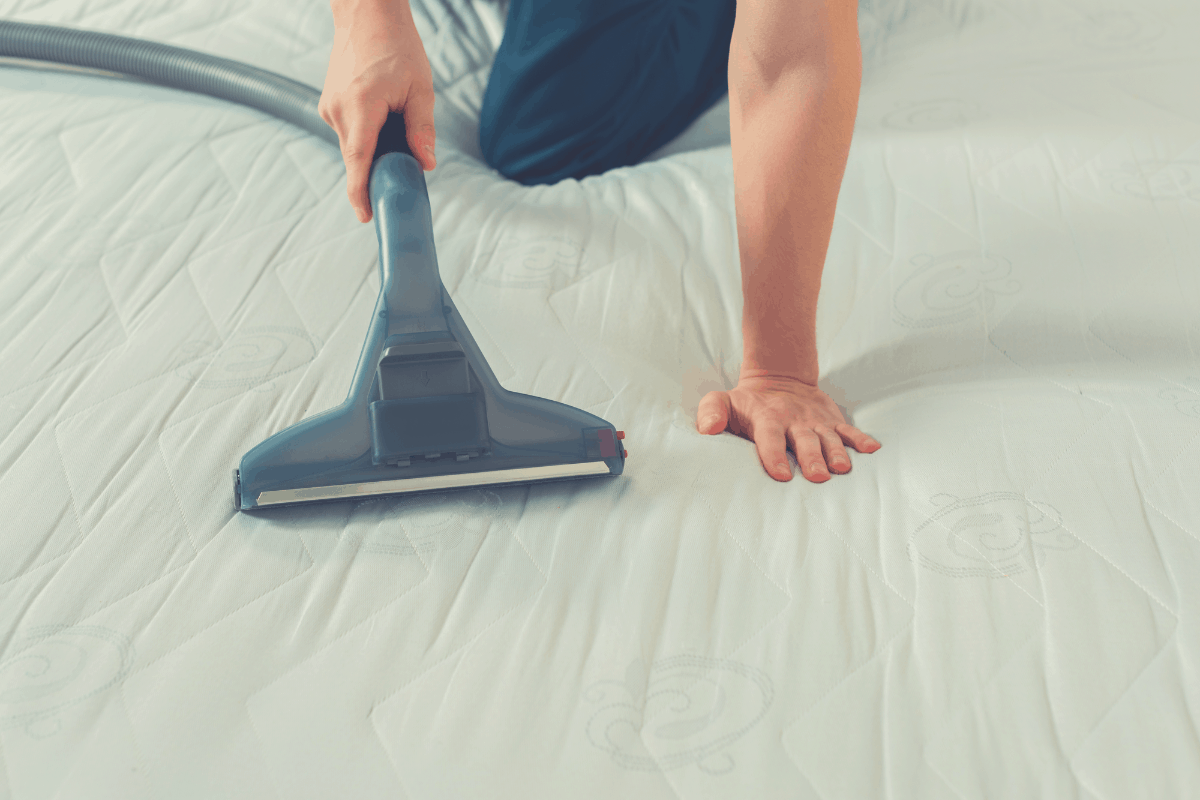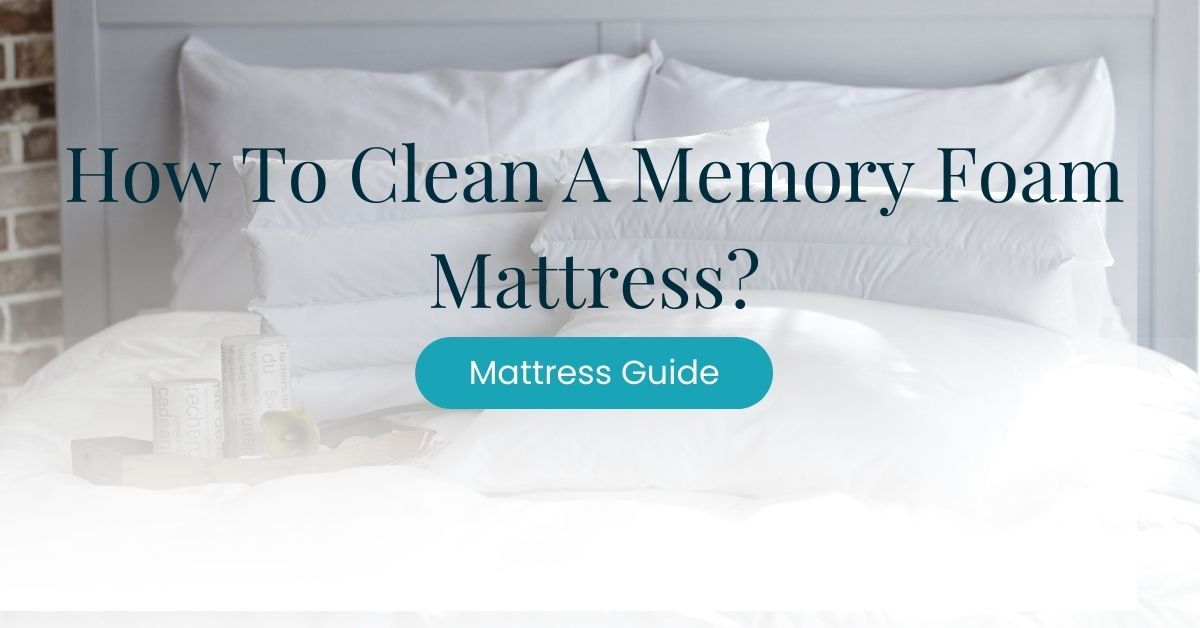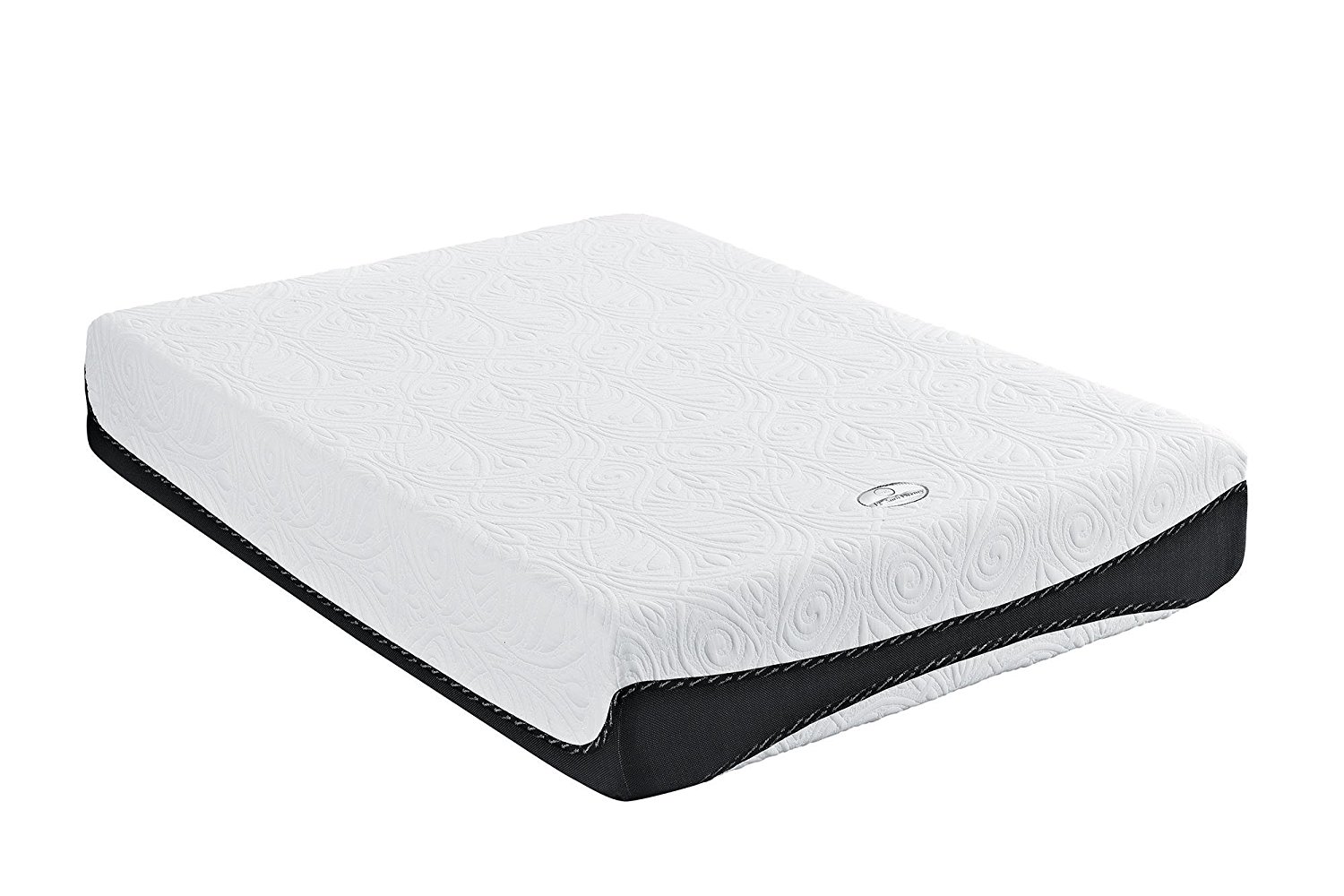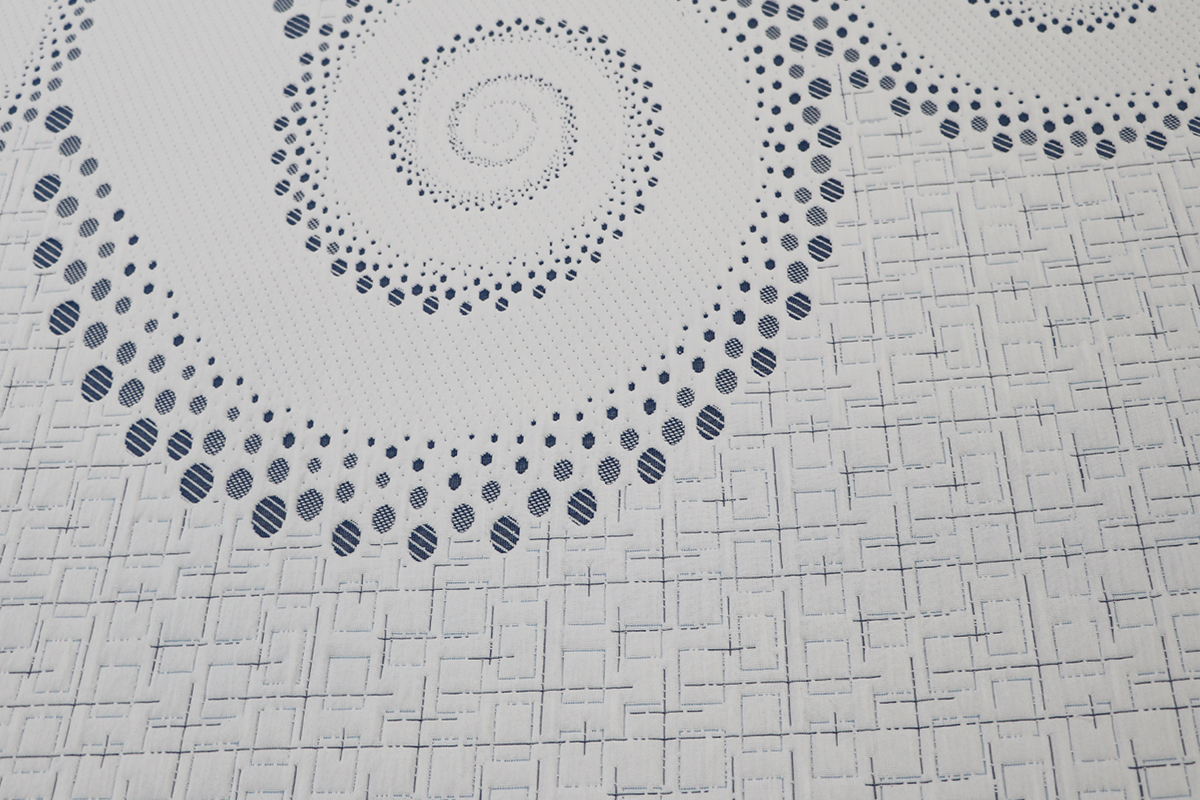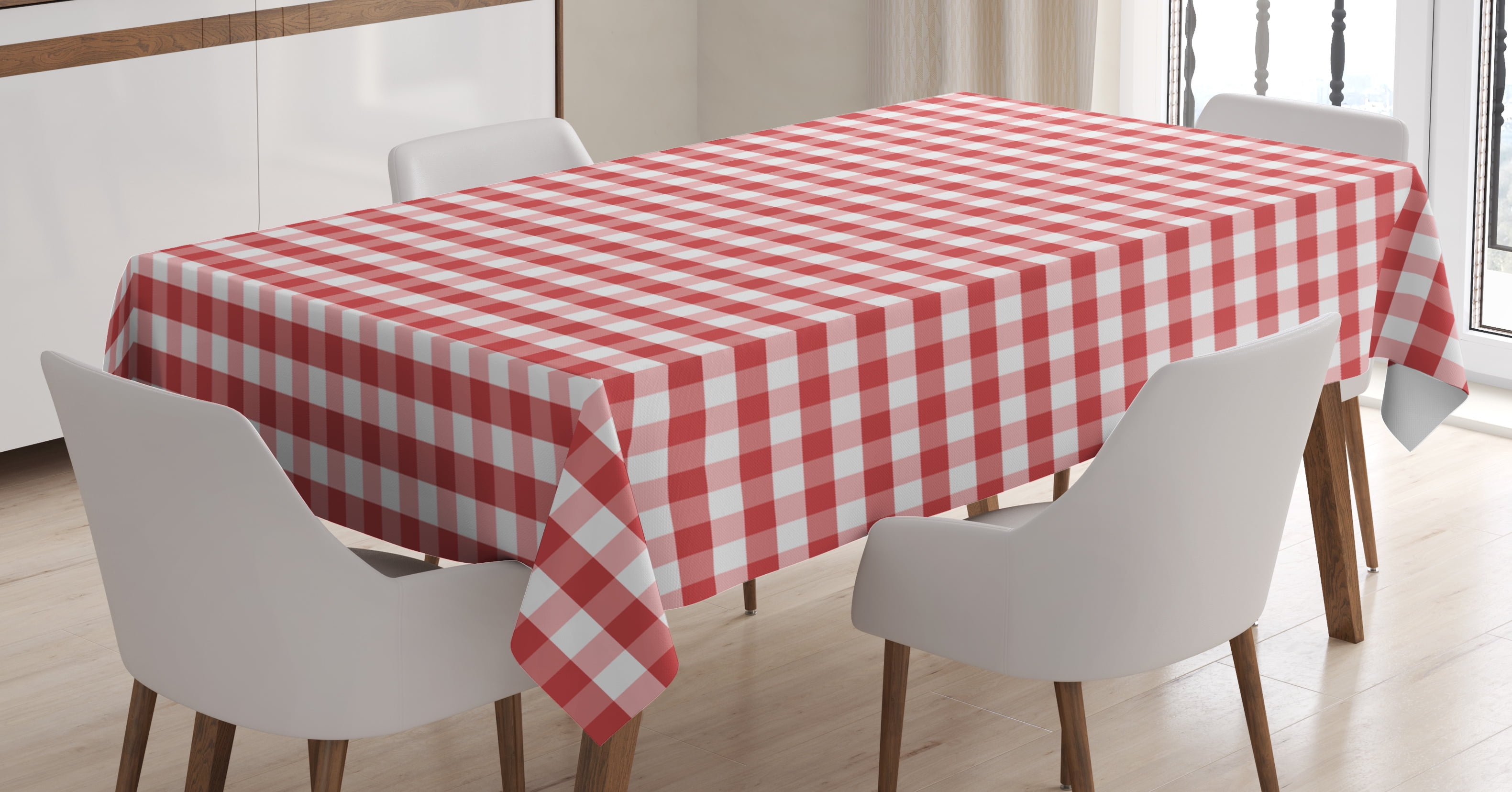If you've recently switched to a memory foam mattress and noticed a rash developing on your skin, you're not alone. While memory foam mattresses are known for their comfort and support, some people may experience skin irritations or rashes when using them. In this article, we'll explore the causes, symptoms, and treatment options for a memory foam mattress rash.Memory Foam Mattress Rash: Causes, Symptoms, and Treatment
The first step in dealing with a rash from your memory foam mattress is to identify the cause. In most cases, the rash is caused by an allergic reaction to the materials in the mattress. This could be the foam itself or the chemicals used in the manufacturing process. To prevent a rash from developing, it's important to choose a hypoallergenic memory foam mattress. These mattresses are made without harsh chemicals and are less likely to cause skin irritations.How to Prevent and Treat a Rash from Your Memory Foam Mattress
Memory foam mattresses are made with a material called polyurethane, which is known to emit volatile organic compounds (VOCs). These compounds can cause skin irritations and other health issues. Additionally, memory foam mattresses are known for trapping heat and moisture, creating an ideal environment for bacteria and mold to grow. This can also contribute to skin rashes and allergies.Understanding the Link Between Memory Foam Mattresses and Skin Rashes
If you're experiencing a skin rash from your memory foam mattress, you may be allergic to the foam or chemicals used in its production. Common symptoms of a memory foam mattress allergy include redness, itching, and swelling of the skin. To find relief, you may need to switch to a hypoallergenic memory foam mattress or use a mattress cover specifically designed to block allergens.Memory Foam Mattress Allergy: Symptoms and Solutions
When shopping for a hypoallergenic memory foam mattress, look for certifications such as CertiPUR-US or GreenGuard to ensure the mattress is made without harmful chemicals. You should also consider the thickness and density of the foam, as well as the type of cover used. A good rule of thumb is to choose a mattress with a higher density and a natural, breathable cover such as cotton or bamboo.How to Choose a Hypoallergenic Memory Foam Mattress to Avoid Rashes
If you've already developed a rash from your memory foam mattress, it's important to take the necessary steps to treat it. First, try to identify the source of the rash and eliminate it. This could mean switching to a hypoallergenic mattress or using a mattress cover. You should also keep the affected area clean and dry, and avoid scratching to prevent further irritation.Memory Foam Mattress Rash: What You Need to Know
Aside from allergies and sensitivities, there are other factors that can contribute to a rash from your memory foam mattress. These include using old or worn-out mattresses, not cleaning your mattress regularly, and using harsh chemicals to clean it. Additionally, if you have a weakened immune system or pre-existing skin condition, you may be more susceptible to developing a rash from your mattress.5 Common Causes of Rashes from Memory Foam Mattresses
If you're constantly waking up with a rash or itchy skin, it's possible that your memory foam mattress is to blame. It's important to pay attention to any changes in your skin and take note of when the symptoms occur. If they are worse when you wake up or after spending time in bed, it's a good indication that your mattress could be the culprit.Memory Foam Mattress Rash: Is Your Bed Making You Itch?
To prolong the life of your memory foam mattress and prevent rashes, it's important to clean and maintain it regularly. Vacuum your mattress to remove dead skin cells, dust, and other debris. You can also spot clean any stains with a mixture of mild soap and water. Avoid using harsh chemicals or heat to clean your mattress, as this can damage the foam and potentially cause allergies.How to Clean and Maintain Your Memory Foam Mattress to Prevent Rashes
If you're still experiencing discomfort from your memory foam mattress, there are a few things you can do to find relief and improve your overall sleep experience. Consider using a mattress topper made of natural materials such as latex or wool to create a barrier between your skin and the memory foam. You can also try using a humidifier or choosing a cooler room temperature to reduce sweating and moisture in your bed.Memory Foam Mattress Rash: Tips for Finding Relief and Comfort
Understanding the Causes of Rash from Memory Foam Mattress
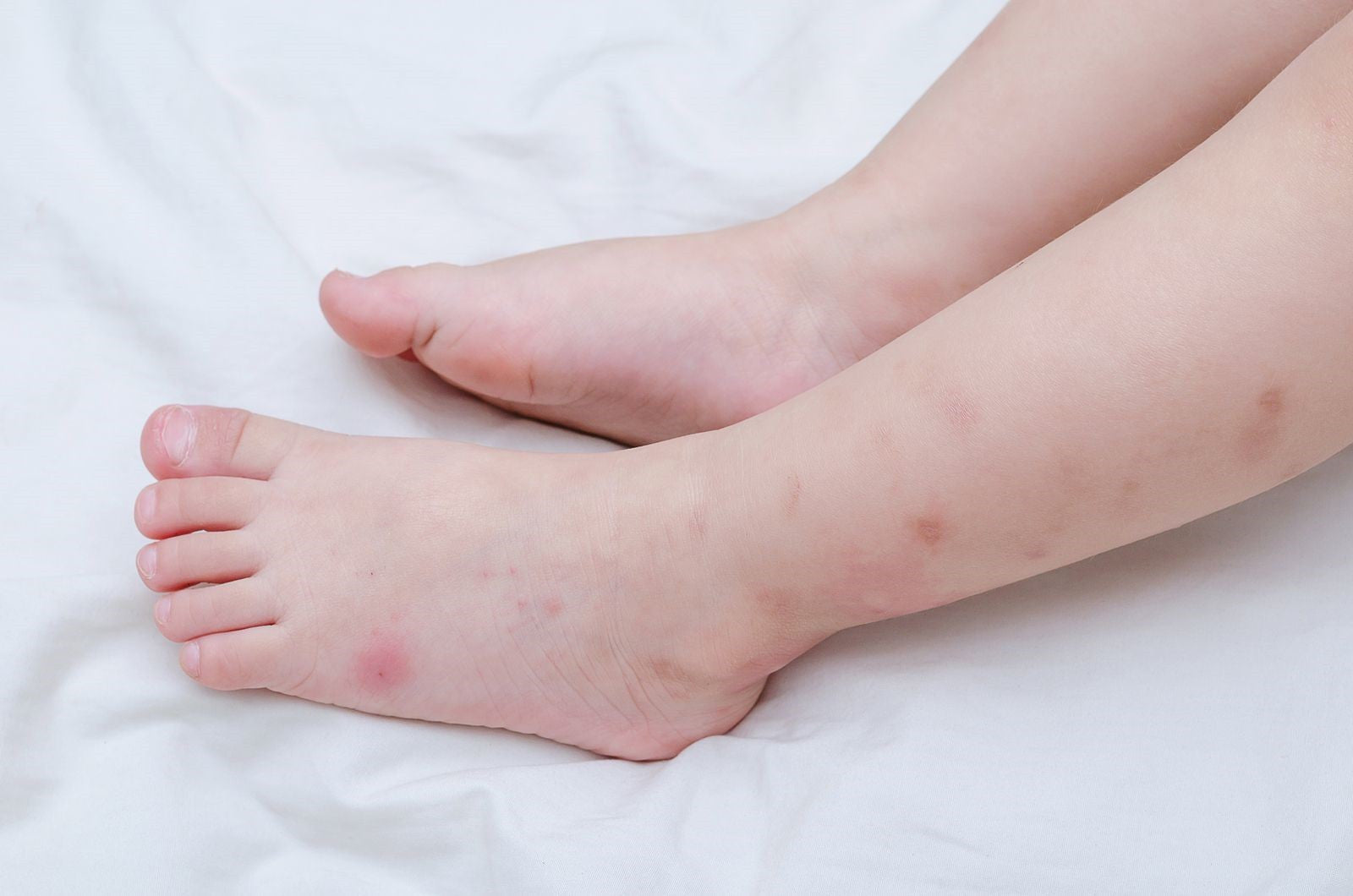
What is a Memory Foam Mattress?
 Memory foam mattresses have become increasingly popular in recent years due to their ability to contour to the body and provide pressure relief for a more comfortable sleep. Made from a unique material called viscoelastic foam, memory foam mattresses were first created by NASA in the 1960s to improve the safety of aircraft cushions. However, it wasn't until the 1990s that memory foam mattresses were introduced to the consumer market.
Memory foam mattresses have become increasingly popular in recent years due to their ability to contour to the body and provide pressure relief for a more comfortable sleep. Made from a unique material called viscoelastic foam, memory foam mattresses were first created by NASA in the 1960s to improve the safety of aircraft cushions. However, it wasn't until the 1990s that memory foam mattresses were introduced to the consumer market.
How Can a Memory Foam Mattress Cause a Rash?
 While memory foam mattresses offer many benefits, some people may experience skin irritations or rashes when using them. This is due to the chemicals and materials used in the production of memory foam, such as polyurethane, which can emit volatile organic compounds (VOCs) that may irritate the skin. In addition, memory foam mattresses are known to retain heat, which can also contribute to skin irritation and rashes.
While memory foam mattresses offer many benefits, some people may experience skin irritations or rashes when using them. This is due to the chemicals and materials used in the production of memory foam, such as polyurethane, which can emit volatile organic compounds (VOCs) that may irritate the skin. In addition, memory foam mattresses are known to retain heat, which can also contribute to skin irritation and rashes.
Who is Most at Risk for Developing a Rash?
 Individuals with sensitive skin or allergies may be more prone to developing a rash from a memory foam mattress. This is because their skin may react more strongly to the chemicals and materials used in memory foam production. Additionally, those who tend to sweat more during sleep may also be at a higher risk as the combination of sweat and chemicals can further irritate the skin.
Individuals with sensitive skin or allergies may be more prone to developing a rash from a memory foam mattress. This is because their skin may react more strongly to the chemicals and materials used in memory foam production. Additionally, those who tend to sweat more during sleep may also be at a higher risk as the combination of sweat and chemicals can further irritate the skin.
How to Prevent a Rash from a Memory Foam Mattress
 If you have experienced a rash from your memory foam mattress, there are steps you can take to prevent it from happening again. First, make sure to choose a memory foam mattress that is certified by CertiPUR-US®, which ensures that it is made without harmful chemicals. You can also consider using a mattress protector made from natural and breathable materials, such as organic cotton, to create a barrier between your skin and the mattress. Proper ventilation in the bedroom can also help reduce the buildup of heat and chemicals, decreasing the likelihood of a rash.
If you have experienced a rash from your memory foam mattress, there are steps you can take to prevent it from happening again. First, make sure to choose a memory foam mattress that is certified by CertiPUR-US®, which ensures that it is made without harmful chemicals. You can also consider using a mattress protector made from natural and breathable materials, such as organic cotton, to create a barrier between your skin and the mattress. Proper ventilation in the bedroom can also help reduce the buildup of heat and chemicals, decreasing the likelihood of a rash.
In Conclusion
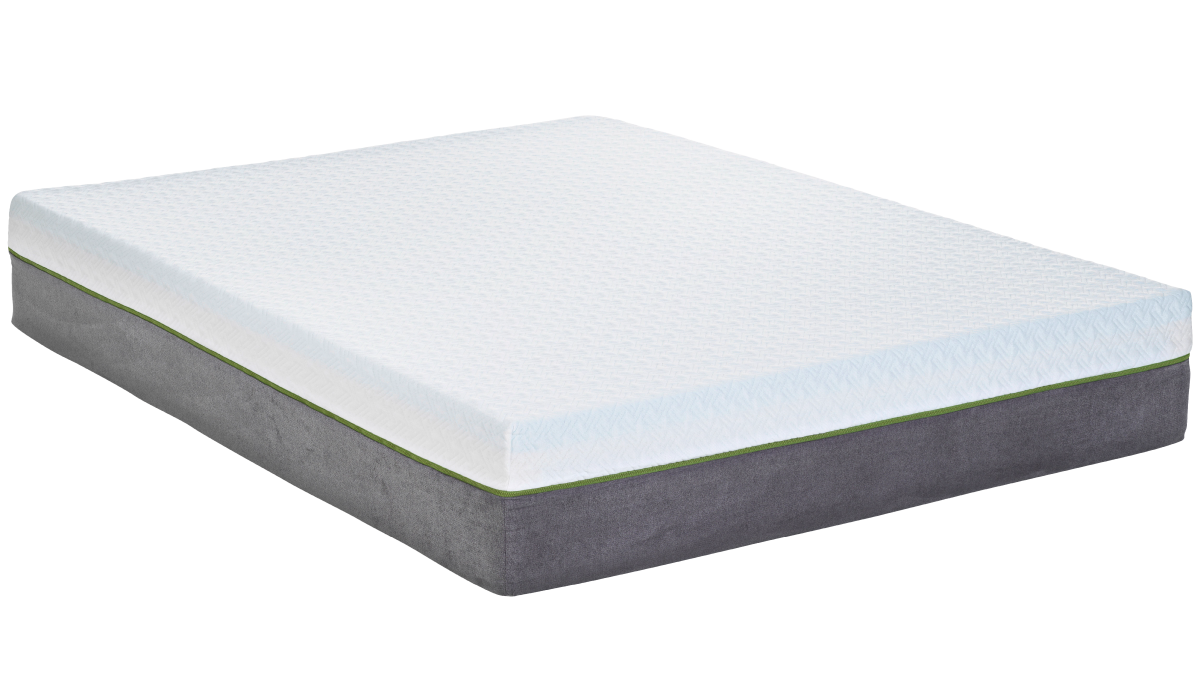 While a rash from a memory foam mattress can be uncomfortable and unpleasant, it is not a common occurrence and can easily be prevented with proper precautions. By understanding the causes and taking preventative measures, you can continue to enjoy the benefits of a memory foam mattress without any skin irritations. Remember to always choose a high-quality, certified memory foam mattress and maintain good ventilation in your bedroom for a comfortable and healthy sleep experience.
While a rash from a memory foam mattress can be uncomfortable and unpleasant, it is not a common occurrence and can easily be prevented with proper precautions. By understanding the causes and taking preventative measures, you can continue to enjoy the benefits of a memory foam mattress without any skin irritations. Remember to always choose a high-quality, certified memory foam mattress and maintain good ventilation in your bedroom for a comfortable and healthy sleep experience.





